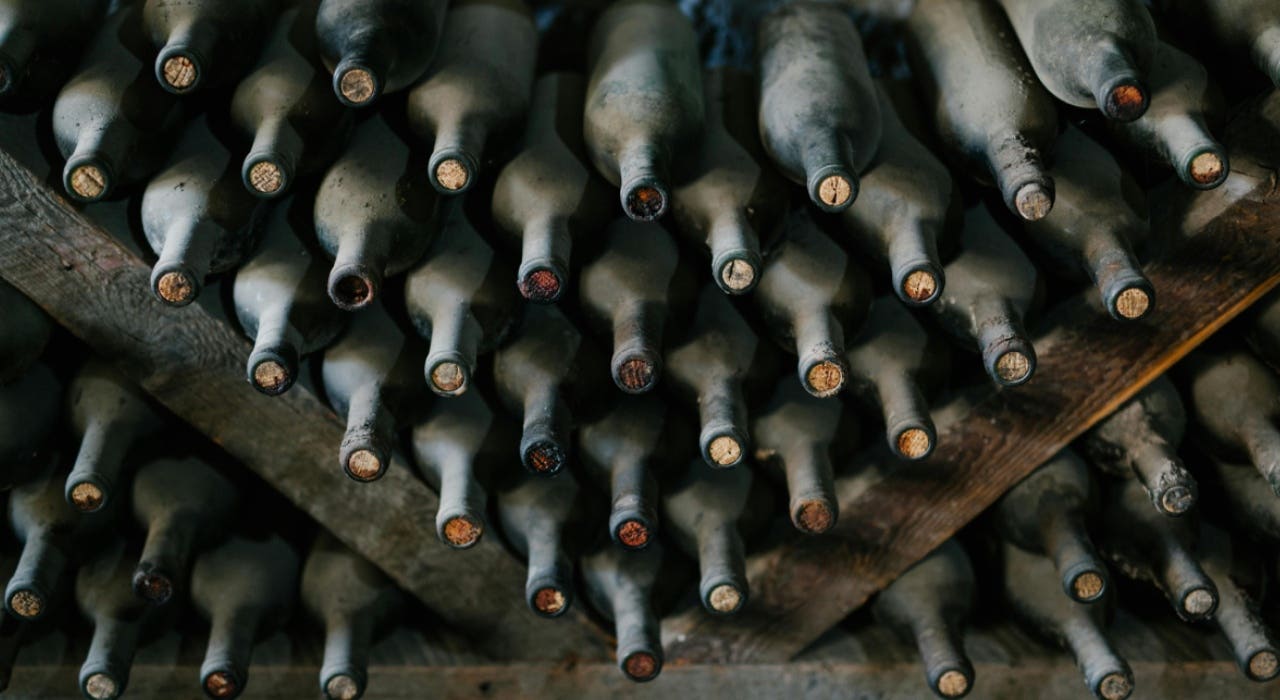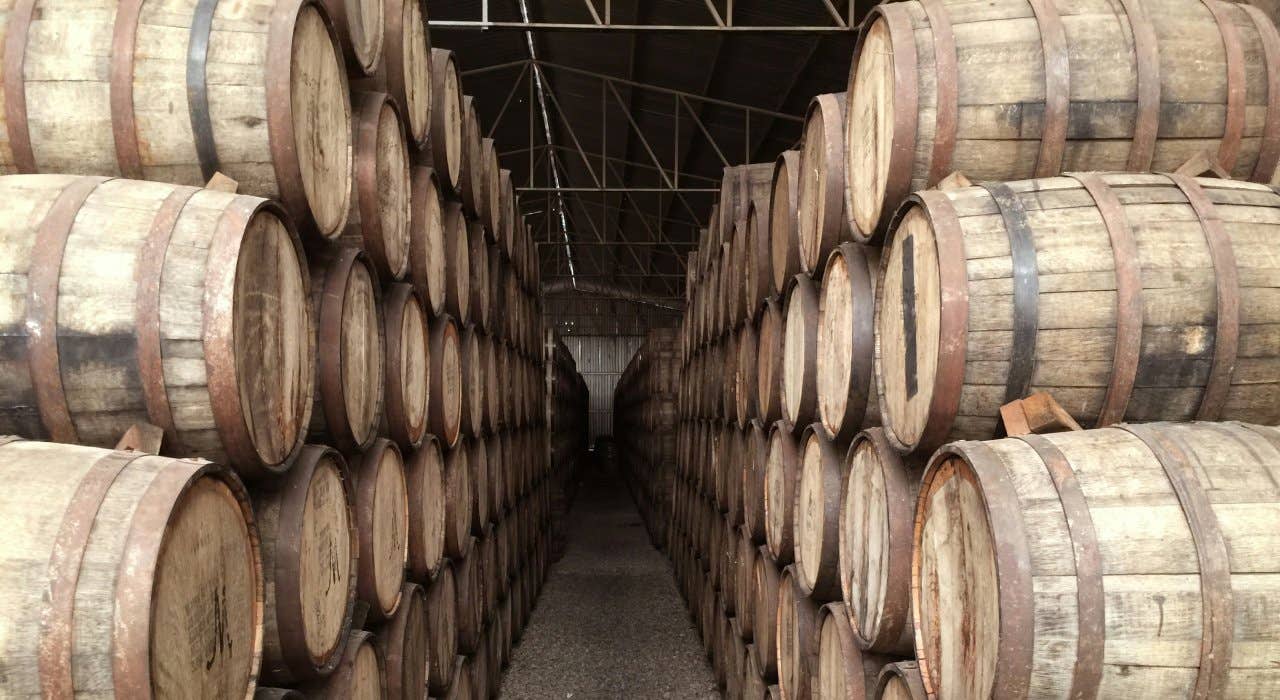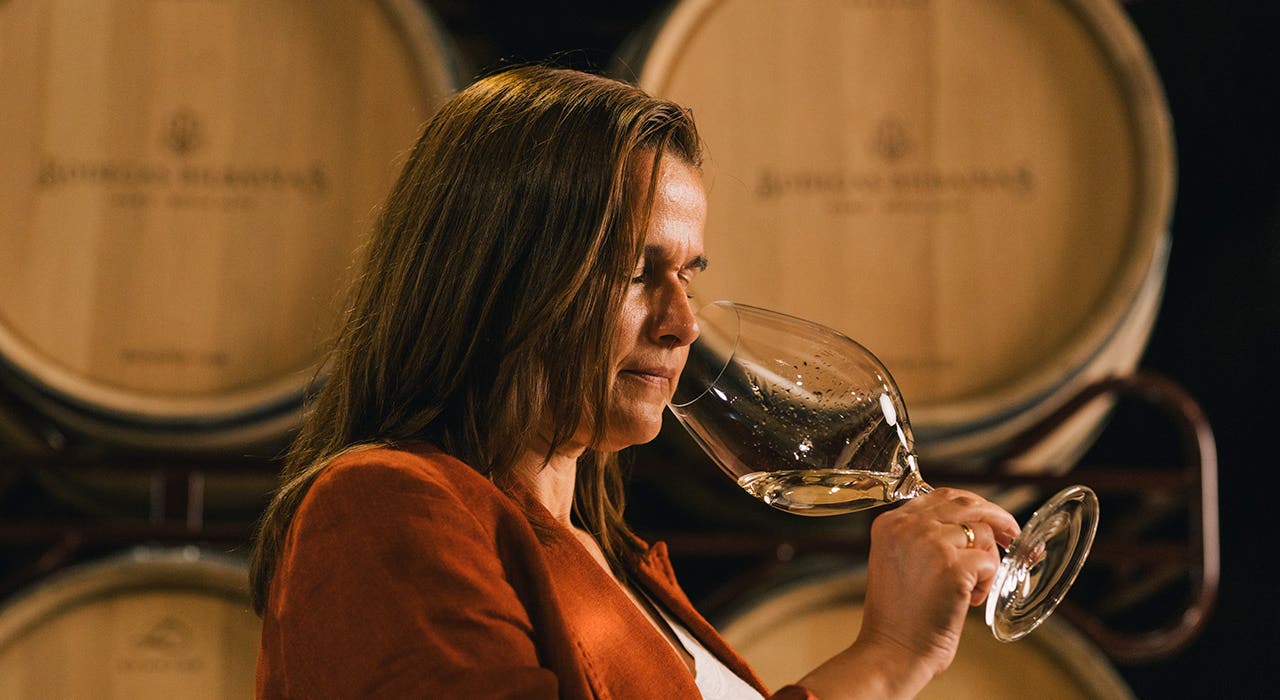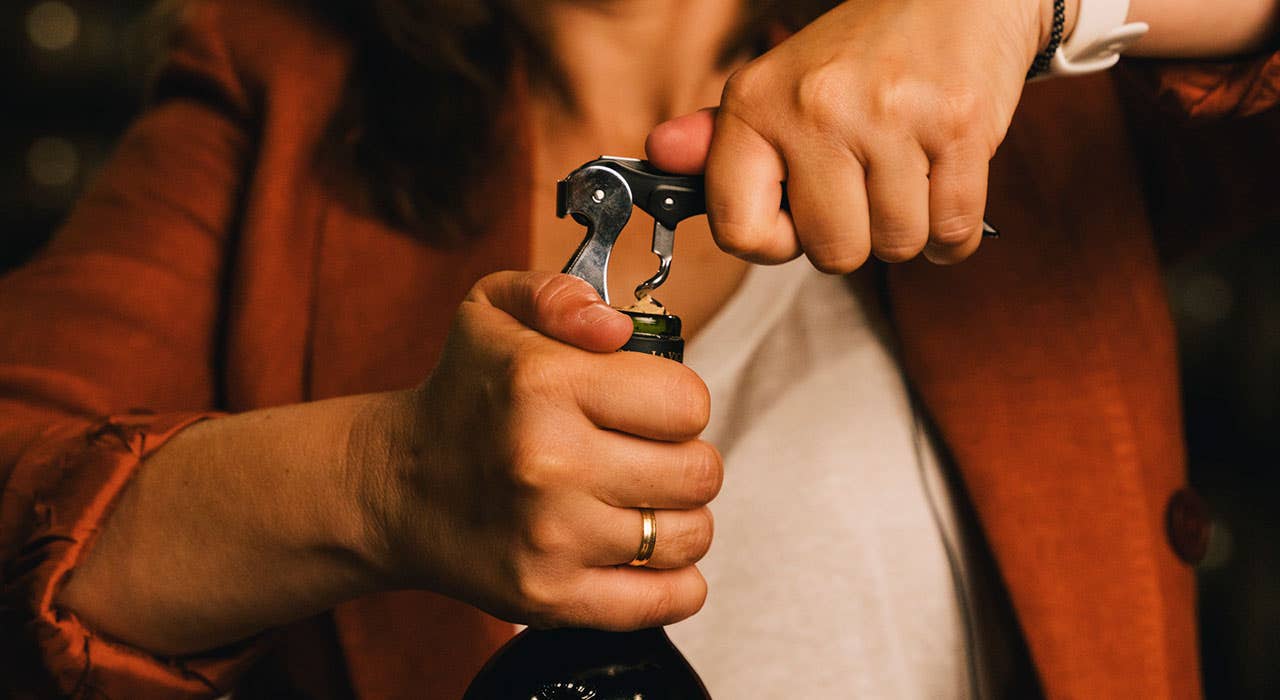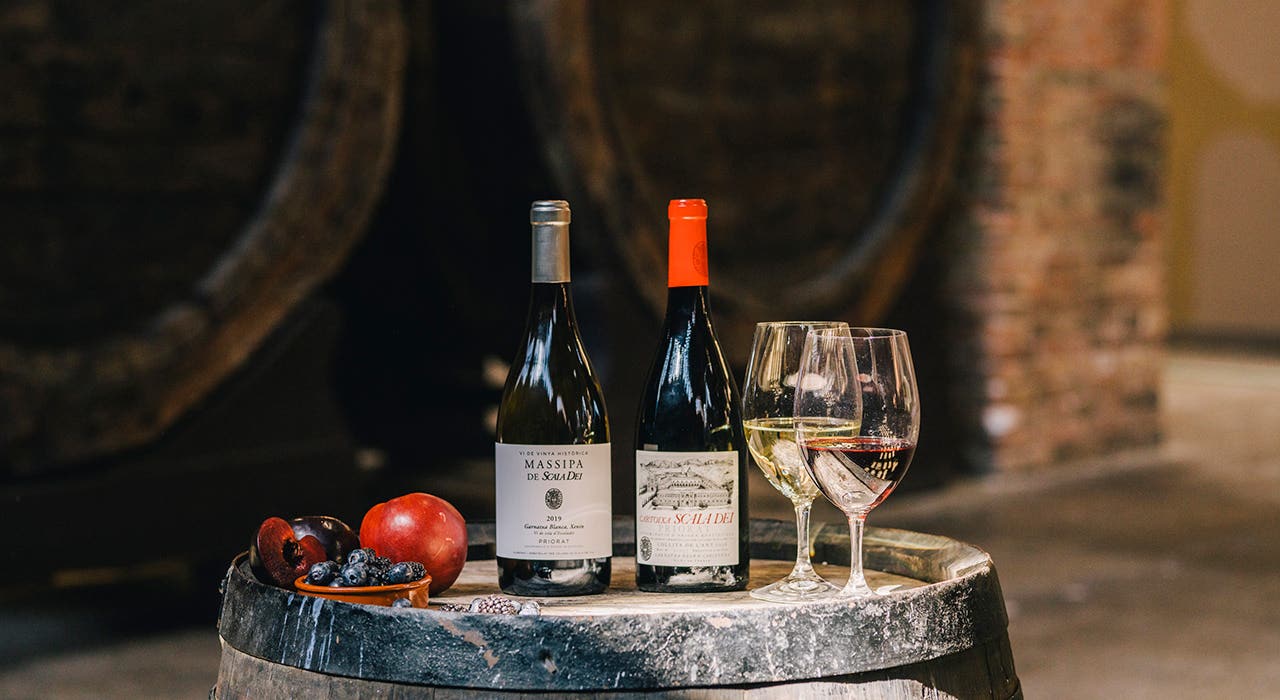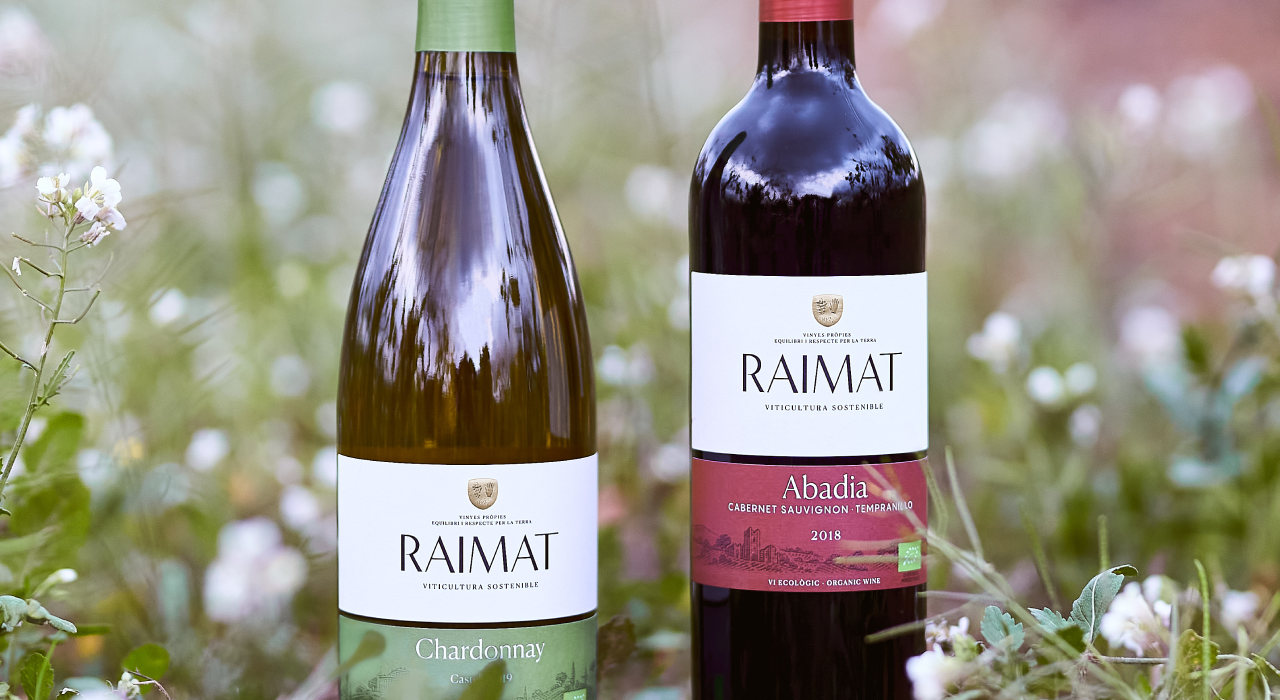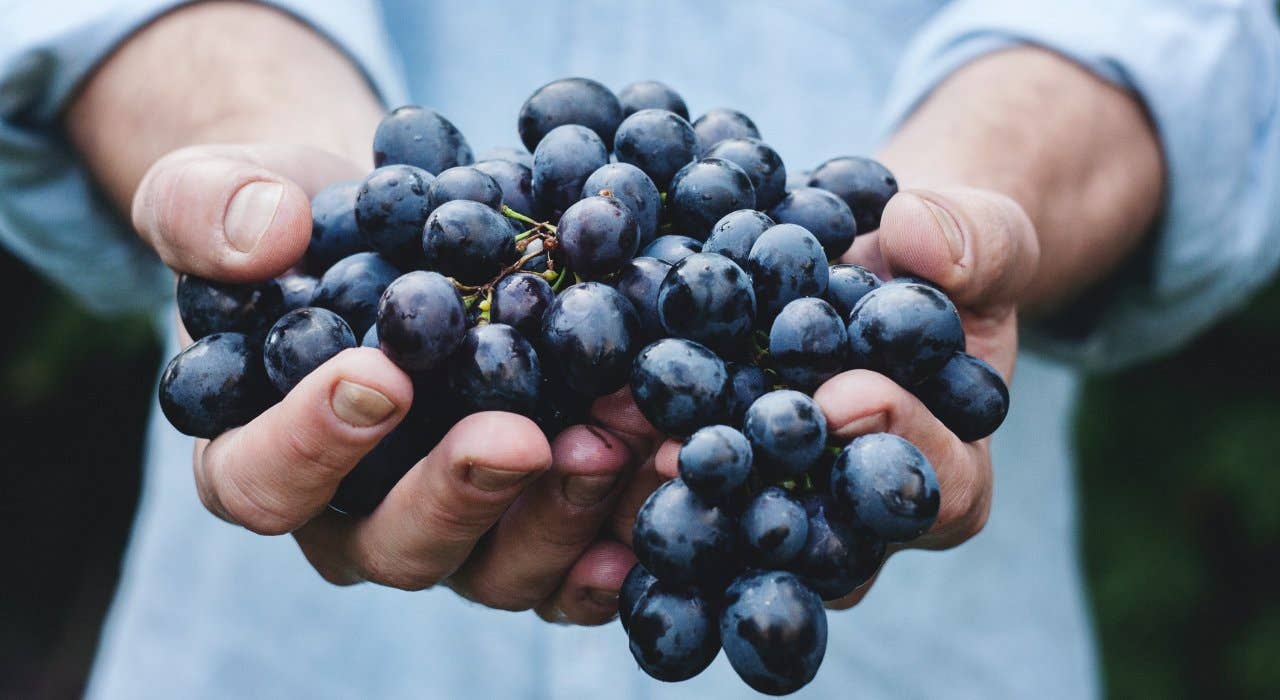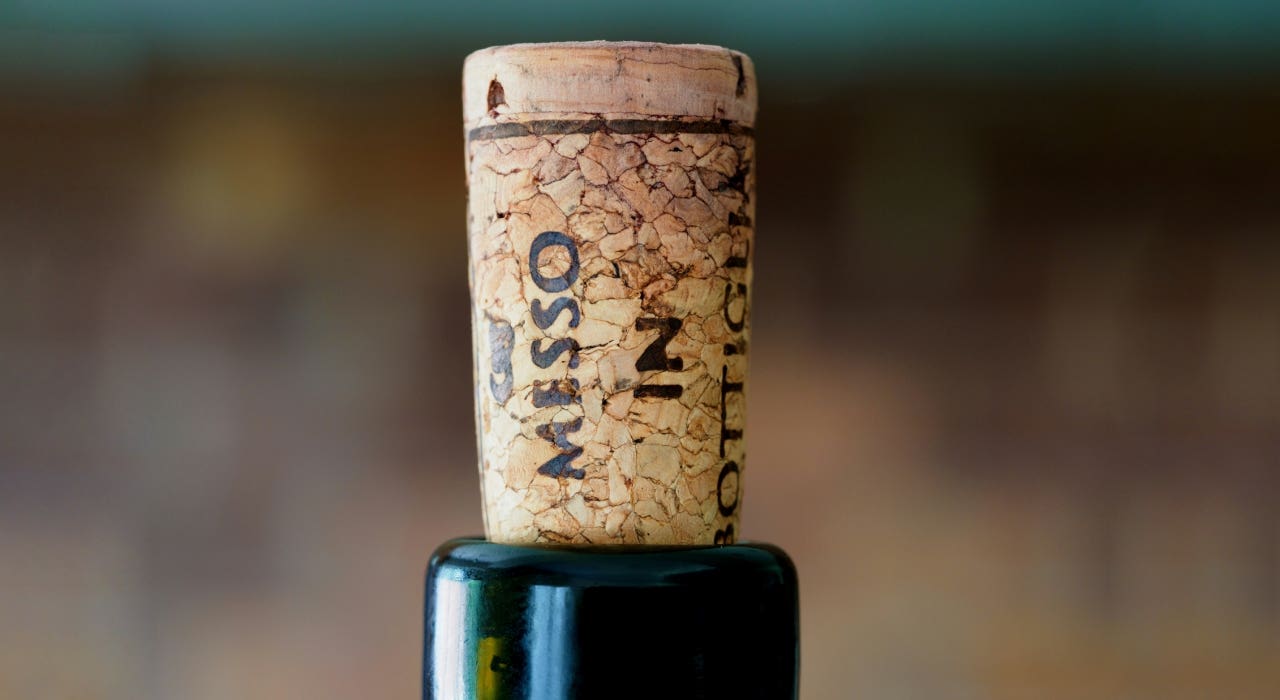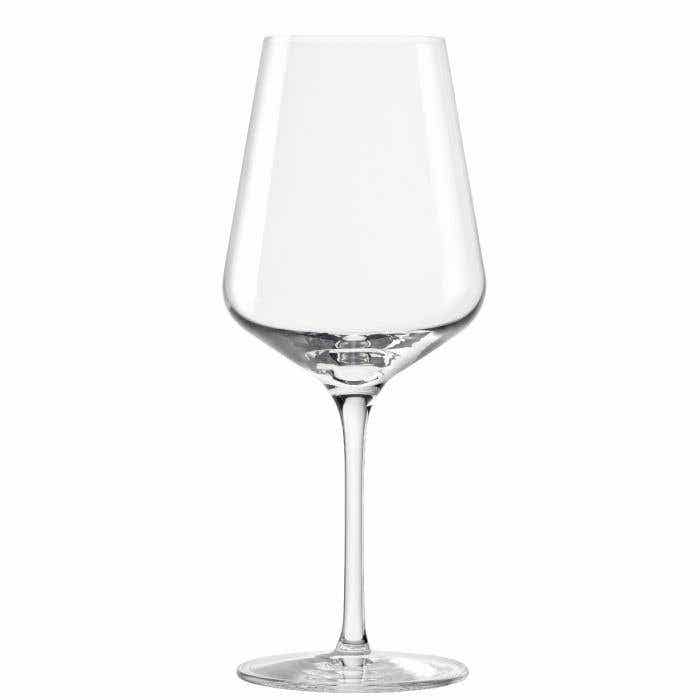How was phylloxera combatted?
The cure for this plague was neither a simple nor immediate process, but the result of arduous labor, cross-cutting collaboration, and the application of innovative methods. Therefore, the big question was: how do we combat grape phylloxera? Faced with the devastation caused by the plague in European vineyards, winegrowers, scientists, and enologists came together to find solutions that could reverse the ravages. Below, we’ve detailed the main approaches that were adopted to combat phylloxera and its treatments:
- Development of resistant vines: This is the most effective and long-lasting response. In fact, this solution has become a standard practice in modern winegrowing, guaranteeing the health and longevity of the vines. Through meticulous breeding and selection processes, vine strains were identified that demonstrated natural resistance to the plague’s attack. These resistant varieties were used as rootstocks; in other words, they were grafted with the desired grape varieties to form more robust plants, capable of resisting this insect and achieving high-quality white wines and, also, red wines, free of chemical treatments.
- Grafting as a solution: A technique that took advantage of the vine plants’ capacity to form compatible unions, allowing resistant varieties to fuse together with traditional grape varieties. This process made it possible to preserve the desirable characteristics of the wine while guaranteeing resistance against the invasive insect.
- Intensive scientific research: Agricultural scientists and enologists carried out extensive research on the biology of grape phylloxera and the interactions between vines and the soil. This deeper knowledge made it possible to develop more effective strategies for selecting resistant varieties and to better understand how to prevent the plague’s spread.
- International collaboration: Given the cross-border nature of the plague, the knowledge and experience shared between different affected winemaking regions facilitated a more effective and rapid response. This collaboration also extended to scientific and governmental institutions, setting a benchmark for global cooperation in agricultural matters.
- Implementation of integrated control practices: These were adopted in order to limit the spread of this parasite. These practices included the disinfection of agricultural tools, restricting the movement of farm equipment, and the application of preventive measures in as-yet unaffected areas.
As these strategies were implemented together, the spread of this invasive insect was contained, and the foundations were set to recover European vineyards. Although the plague left an indelible mark on the history of wine, the tenacity and innovation of the winemaking community made it possible to stand up to this challenge, resulting in the creation of more resistant and sustainable vineyards in the process.
Today, thanks to these innovative solutions and the knowledge acquired on how to handle this plague, the wine industry has managed to mitigate the impact of this parasite compared to the devastation caused in the past. Winegrowers continue to closely monitor their vineyards and apply preventive measures to avoid the insect’s spread and maintain the health of their vines.
